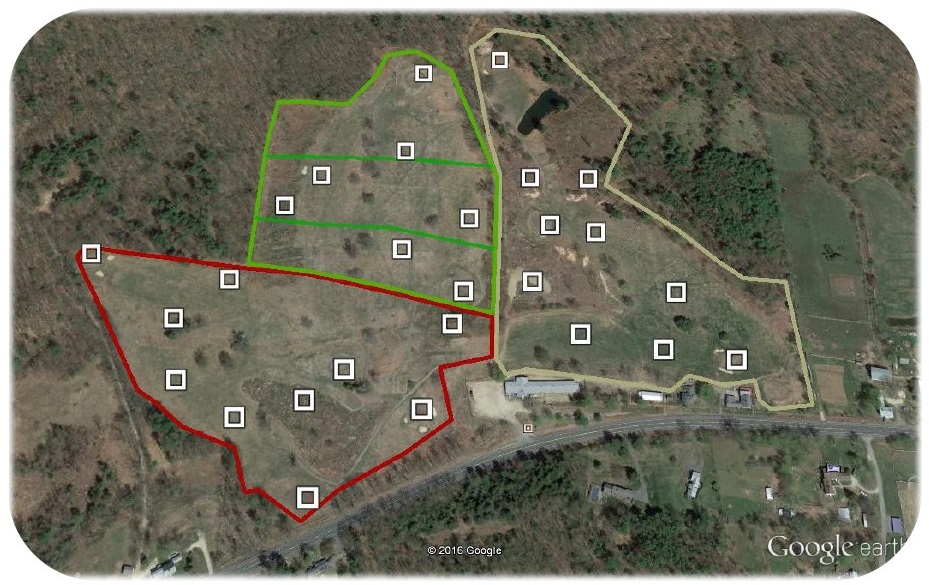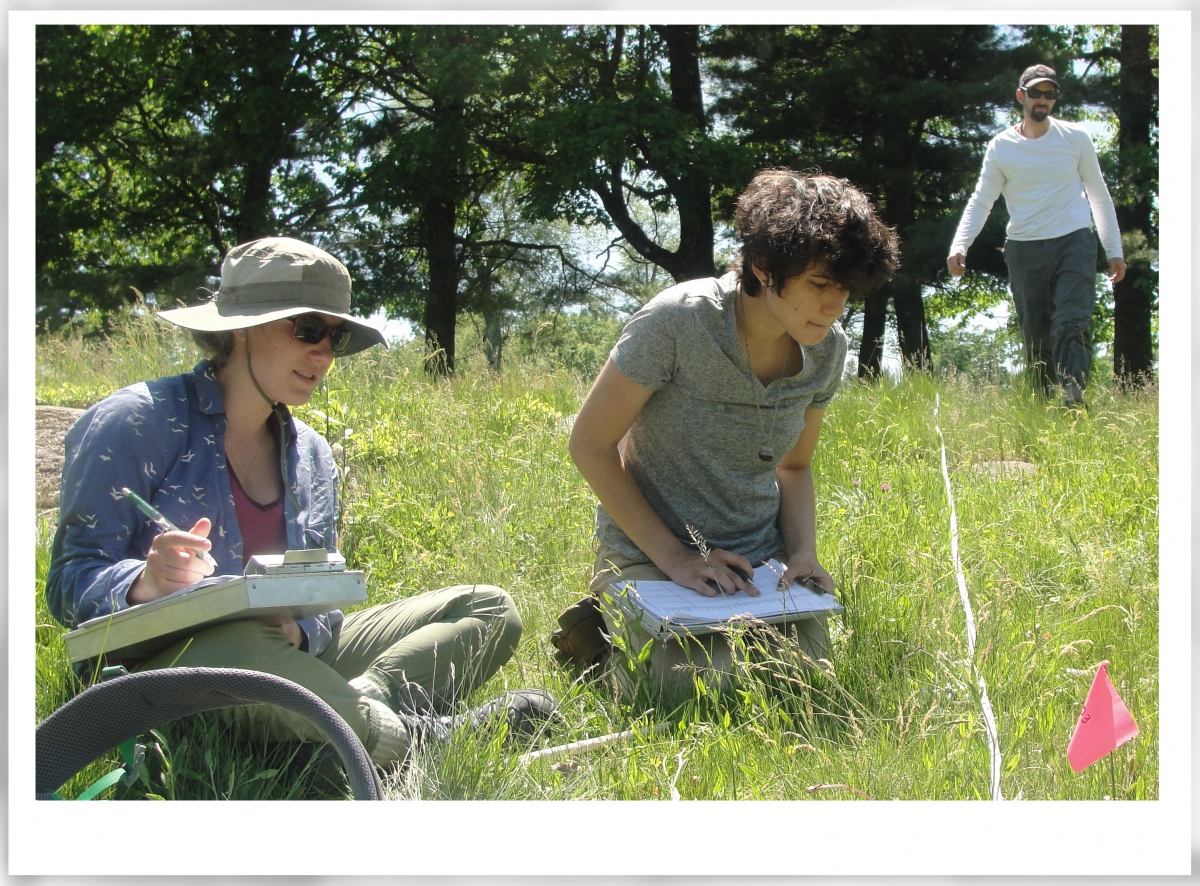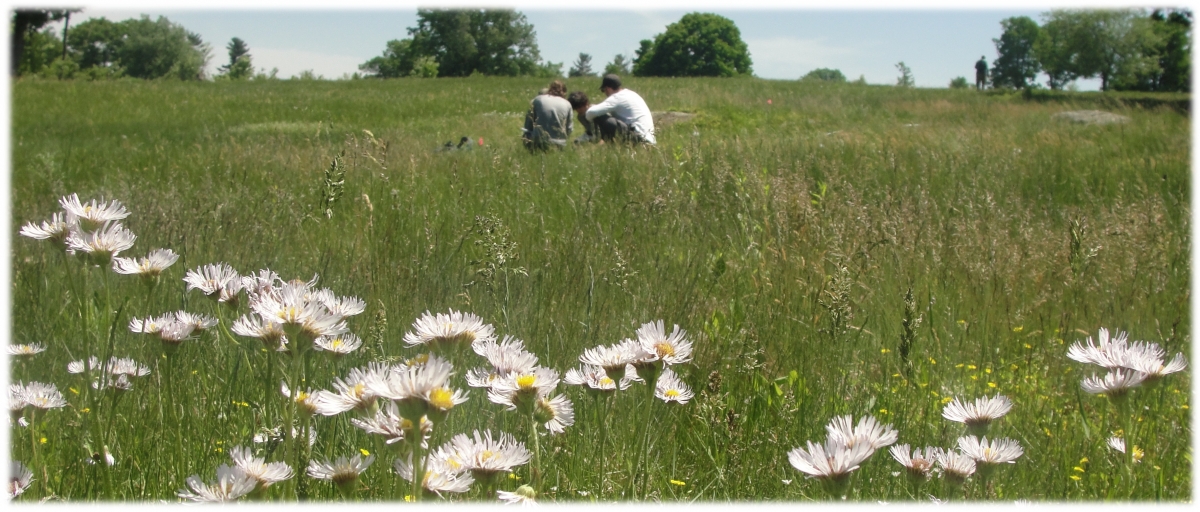You are here
Grazing Our Problems Away: How Cows Can Put New England’s Conservation Issues Out to Pasture
Looking at New England’s forests today, it’s almost hard to believe that at one point, most of the land was open fields. In the 1880’s, land was cleared out by settlers to make fields for grazing and farming. The land has since recovered from its deforestation with 80% of the land now being dominated by forest. However, this gives rise to a new problem: the loss of open fields to growing forests.
But wait, how can reforestation be a bad thing? Why not let the landscape return to its original state? Turns out in all the time these open fields were maintained, ecosystems adapted and new fauna became naturalized within them. Grasslands are now an important part of New England’s environmental history and culture. Fields are also necessary for local agriculture, which is becoming more important with growing concern over the effects of global warming on America’s breadbasket.
So what’s this have to do with cows?
 The ideal solution is to conserve these fields in a way that also allows agriculture to happen. That’s where cows come in. It seems like a no brainer at first—grazing keeps plants in check and the cows get food—but it’s not as simple as that. Different grazing animals target different plants, too much grazing can harm the plant community, and invasive species can flourish under the wrong conditions. My research project is to figure out these details using our own Harvard Farm.
The ideal solution is to conserve these fields in a way that also allows agriculture to happen. That’s where cows come in. It seems like a no brainer at first—grazing keeps plants in check and the cows get food—but it’s not as simple as that. Different grazing animals target different plants, too much grazing can harm the plant community, and invasive species can flourish under the wrong conditions. My research project is to figure out these details using our own Harvard Farm.
 Once a golf course, the Harvard Farm has been repurposed into a pasture where native plants have been allowed to recolonize. Different sections are designated for different intensities of grazing, and changes in plant communities are monitored. There are 27 10mx10m plots in total located randomly across 3 grazing sections: no grazing, continuous grazing, and rotational grazing (cows are moved between 3 subsections every week). Each plot serves as a sample area where we evaluate the vegetation composition. This means, before and after the cows come in to do their thing, we identify all the plants in each plot and what percentage of the plot they cover. And by all plants I mean grasses too (telling apart rye grass from bentgrass is as fun as it sounds).
Once a golf course, the Harvard Farm has been repurposed into a pasture where native plants have been allowed to recolonize. Different sections are designated for different intensities of grazing, and changes in plant communities are monitored. There are 27 10mx10m plots in total located randomly across 3 grazing sections: no grazing, continuous grazing, and rotational grazing (cows are moved between 3 subsections every week). Each plot serves as a sample area where we evaluate the vegetation composition. This means, before and after the cows come in to do their thing, we identify all the plants in each plot and what percentage of the plot they cover. And by all plants I mean grasses too (telling apart rye grass from bentgrass is as fun as it sounds).
Keeping track of the invasive species requires a more in-depth process. Not only will I be monitoring their percent composition within the 27 plots, but I’ll be mapping their presence along transects across the entire field that run through each plot to get an idea of each plant’s range, how they’re moving, and how grazing affects these patterns, if at all. The biggest concern is that the cattle are avoiding invasive plants like Sheep’s Sorrel, thistles, and honeysuckle in their grazing since, like most invasives, they’re unpalatable to livestock. Staying undisturbed while surrounding plants are eaten would give these plants a huge advantage.
The coolest part of my project, though, is getting information on the seed bank in these plots. By collecting soil samples around the plots and nourishing them in a greenhouse, we can get an idea of what future plant communities will look like by looking at what plants develop from seeds in the soil.
Turning Data into Answers
After collecting this information, I put it through multiple statistics tests to answer our questions. The ability to be involved in both the analyses and collection of data is really nice and a first in my undergraduate research experience. It also gives me this comprehensive understanding that I’ve found useful in trouble-shooting issues that pop up during statistics work.
I still have yet to see the post-grazing fields and am excited to see the results of our research. There’s a lot of data I’m working with, which increases the extent of questions I can investigate, and the independence in my work is really liberating. Not only do I get to come up with the questions I want to focus on, but I get to design how I want to get my answers. I really get a feeling of contributing to the research while still receiving mentorship from my wonderful colleagues: my mentors Martha Hoopes and Dan Flynn, and field partner Alice Linder.



